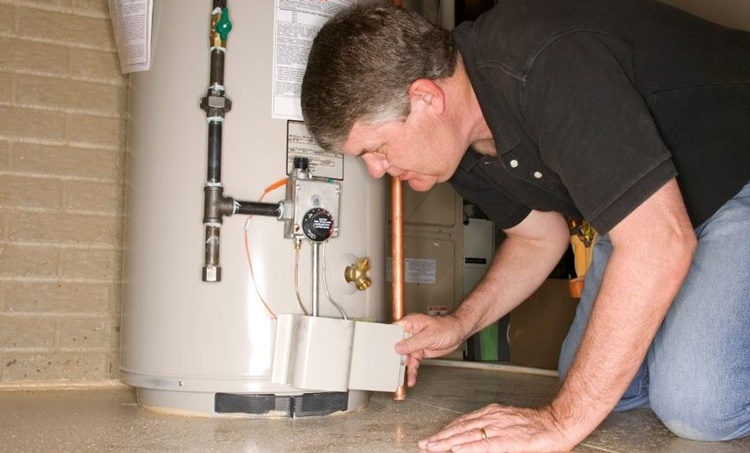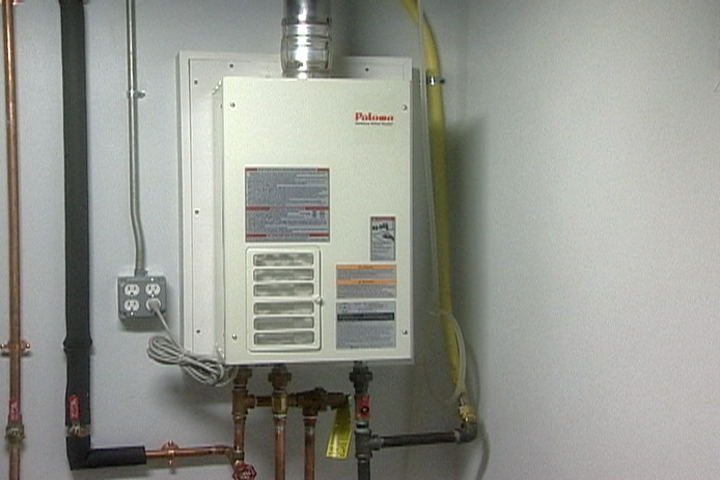This great article which follows pertaining to Tips For Maintaining Your Hot Water Heater is fairly insightful. Don't overlook it.

Hot water is necessary for daily convenience, whether it's for a revitalizing shower or washing meals. To ensure your warm water system runs efficiently and lasts much longer, regular upkeep is essential. This article offers sensible suggestions and understandings on exactly how to preserve your home's warm water system to prevent disturbances and expensive fixings.
Introduction
Preserving your home's hot water system may appear difficult, yet with a few easy steps, you can ensure it runs smoothly for many years to come. This guide covers everything from recognizing your warm water system to do it yourself maintenance pointers and recognizing when to call expert aid.
Importance of Preserving Your Warm Water System
Routine upkeep not only prolongs the life-span of your hot water system however additionally guarantees it operates effectively. Ignoring upkeep can bring about lowered efficiency, higher energy bills, and even premature failing of the system.
Signs Your Hot Water System Needs Maintenance
Understanding when your hot water system needs attention can avoid major issues. Look out for signs such as inconsistent water temperature, unusual noises from the heater, or rusty water.
Understanding Your Hot Water System
Before diving right into upkeep jobs, it's helpful to understand the standard parts of your warm water system. Commonly, this includes the hot water heater itself, pipelines, anode poles, and temperature level controls.
Regular Monthly Upkeep Tasks
Routine regular monthly checks can assist catch minor issues before they escalate.
Purging the Hot Water Heater
Purging your hot water heater eliminates sediment build-up, boosting effectiveness and prolonging its life.
Monitoring and Changing Anode Rods
Anode rods avoid deterioration inside the container. Checking and replacing them when worn out is crucial.
Inspecting and Readjusting Temperature Level Settings
Adjusting the temperature setups ensures optimum efficiency and security.
DIY Tips for Upkeep
You can do a number of maintenance tasks yourself to maintain your warm water system in top problem.
Looking for Leaks
Regularly check pipes and connections for leaks, as these can bring about water damages and higher costs.
Checking Pressure Alleviation Valves
Checking the pressure safety valve guarantees it functions appropriately and stops excessive stress accumulation.
Insulating Pipelines
Insulating hot water pipes minimizes warmth loss and can save power.
When to Call an Expert
While DIY upkeep is useful, some issues need specialist proficiency.
Complicated Concerns Requiring Expert Aid
Examples consist of significant leaks, electric troubles, or if your water heater is constantly underperforming.
Regular Professional Maintenance Perks
Professional maintenance can include complete evaluations, tune-ups, and making certain compliance with safety and security standards.
Verdict
Regular upkeep of your home's warm water system is vital for effectiveness, long life, and cost savings. By adhering to these suggestions and recognizing when to seek specialist help, you can make sure a trusted supply of warm water without unexpected interruptions.
Water Heater Maintenance Tips
Test the TPR Valve
Shut off the power and the cold-water supply valve. Place a bucket under the pipe connected to the temperature-pressure-release (TPR) valve on the top or side of the tank. (This valve opens if the tank pressure gets too high.) Lift the valve’s tab to let some water out, then let go. If water keeps flowing, drain the tank partway, unscrew the old valve with a pipe wrench, and install a new one. Check the Anode Rod
Put a hose to the tank’s drain cock and let out a few gallons of water. Now fit a 1 1/16-inch socket onto the rod’s hex head on top of the heater (or under its top plate) and unscrew the rod. If it’s less than ½ inch thick or coated with calcium, buy a new one, wrap its threads with Teflon tape, put it back in the tank, and tighten securely. Use this segmented rod if headroom above the tank is limited. Drain the Tank and Wash Out Sediment
Drain the remaining water in the tank into the bucket, then stir up the sediment on the tank’s bottom by briefly opening the cold-water supply valve. Drain and repeat until clean water comes out of the hose. Close the drain cock, refill the tank, and turn its power back on. Adjust the Temperature
Find the temperature dial on the side of the tank and unscrew its cover. Adjust the dial to 120 degrees using a flathead screwdriver. For every 10 degrees the temperature is lowered, you can expect to save up to 5 percent in energy costs. Turn the water heater off or the thermostat down to its lowest setting if you plan to be away from home for more than three days. Insulate the Pipes
Buy some self-sticking 3/8-inch-thick foam pipe insulation that matches the pipes’ diameter. Slide the foam over the hot-and cold-water pipes as far as you can reach. Insulating the cold-water pipe prevents condensation in summer. Peel the tape and squeeze the insulation closed. If the pipe is 6 inches or less from the flue, cover it with 1-inch-thick unfaced fiberglass pipe wrap. https://www.thisoldhouse.com/plumbing/21016402/how-to-maintain-a-water-heater

Hopefully you enjoyed reading our article about Tips on Maintaining a Water Heater. Thanks a ton for taking time to browse our short article. Those who liked our article plz make sure you remember to pass it around. I thank you for your readership.
Book An Estimate Now